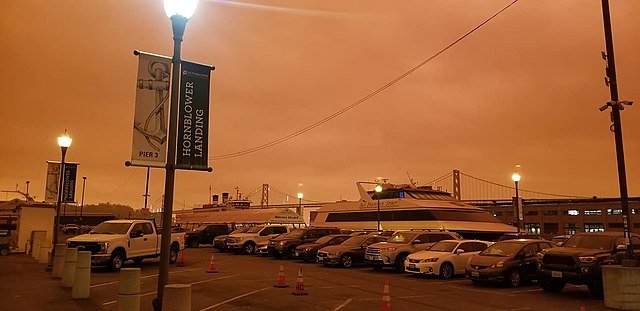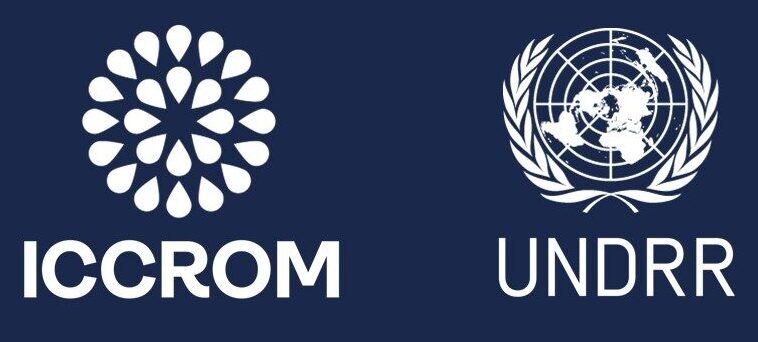Lightning
A lightning hazard is a potential danger or harm caused by lightning, which is a natural phenomenon that involves the discharge of electricity between clouds or between clouds and the ground. Lightning can strike anywhere and anytime, especially during thunderstorms, and can cause damage, injury, or death to people, animals, and property.

Secondary hazards
Fire
In 2020, a lightning strike sparked a massive wildfire in California that burned more than 4 million acres of land and destroyed thousands of homes and structures(https://earthobservatory.nasa.gov/)

Examples of Traditional and Indigenous knowledge
- Native American tribes believe that certain cloud formations, such as Cumulonimbus or Mammatus clouds, indicate the presence of thunder and lightning, and they avoid open spaces or high places when they see them (Kenney, et al., 2023).
- African communities build huts with thatched roofs and mud walls that can absorb the electric charge and prevent fires, or they use metal poles or wires to attract and conduct the lightning away from their homes (Panda, Chatterjee, Bandyopadhyay, Setiawati, & Banerjee, 2023).
- Some Asian communities worship the thunder god or goddess, and they offer food, flowers, or coins to them, or they wear amulets or talismans to protect themselves from lightning (NCCEH, 2019).
- Some Asian communities worship the thunder god or goddess, and they offer food, flowers, or coins to them, or they wear amulets or talismans to protect themselves from lightning (NCCEH, 2019).
- Some Australian Aboriginal communities have stories and songs that explain the origin and meaning of lightning, and they teach their children how to behave and react when they encounter lightning (Russell, 2020).

References
Cooper, M. A., Holle, R. L., & Tushemereirwe, R. (2020). Mitigating the Hazard of Lightning Injury and Death across Africa. Retrieved from IntechOpen: https://www.intechopen.com/chapters/70667
Kenney, C., Phibbs, S., Meo-Sewabu, L., Awatere, S., McCarthy, M., Kaiser, L., . . . Kereopa, L. (2023). Indigenous Approaches to Disaster Risk Reduction, Community Sustainability, and Climate Change Resilience. Retrieved from Disaster Risk Reduction for Resilience: https://link.springer.com/chapter/10.1007/978-3-031-22112-5_2
NCCEH. (2019). Indigenous disaster response. Retrieved from https://ncceh.ca/resources/subject-guides/indigenous-disaster-response
Panda, G. K., Chatterjee, U., Bandyopadhyay, N., Setiawati, M. D., & Banerjee, D. (2023). Indigenous Knowledge and Disaster Risk Reduction. Retrieved from https://link.springer.com/book/10.1007/978-3-031-26143-5
Russell, L. (2020). Indigenous practice of cultural burning and the bushfires prevention conversation. Retrieved from Monash Lens: https://lens.monash.edu/@politics-society/2020/01/08/1379433/bringing-indigenous-knowledge-into-the-bushfires-conversation
